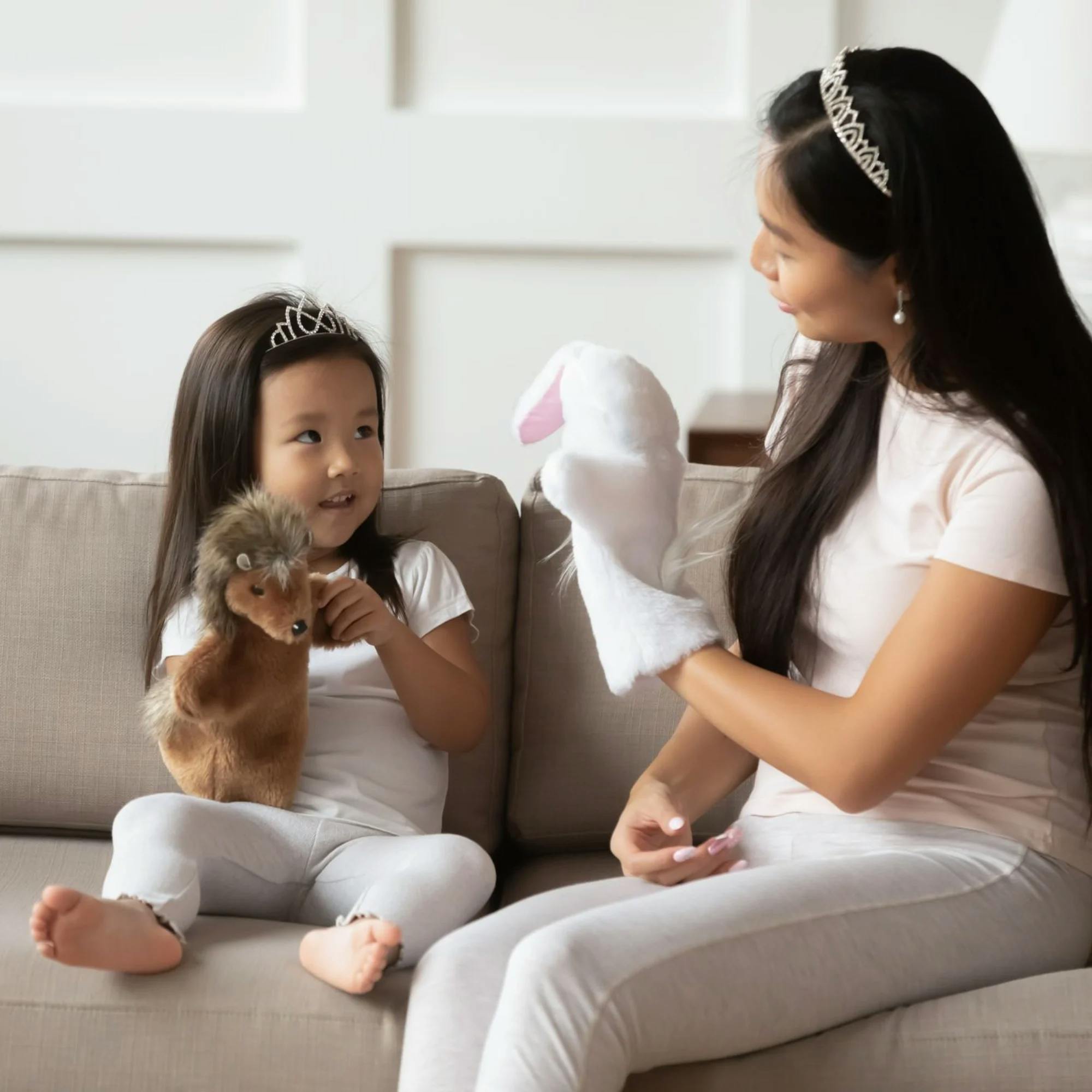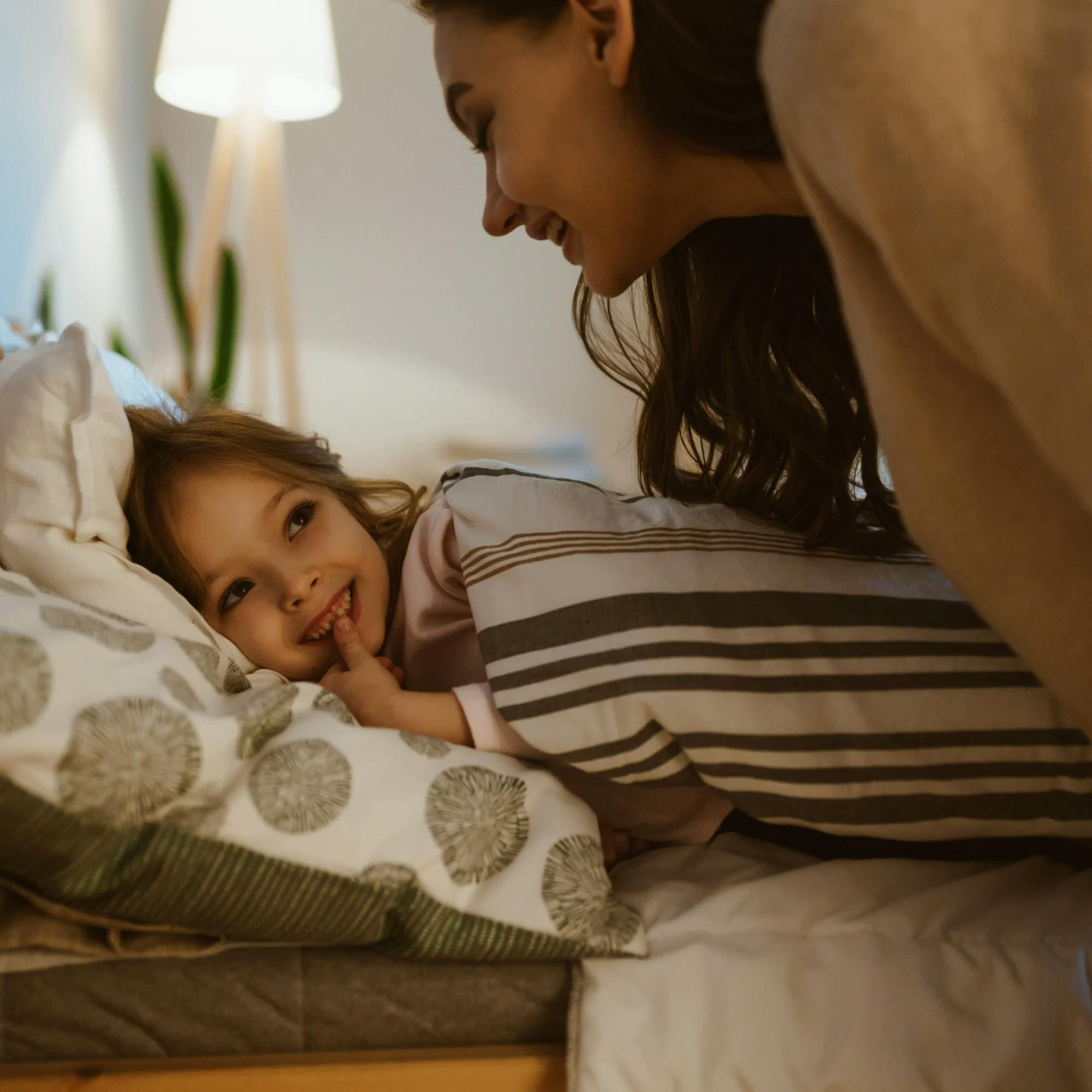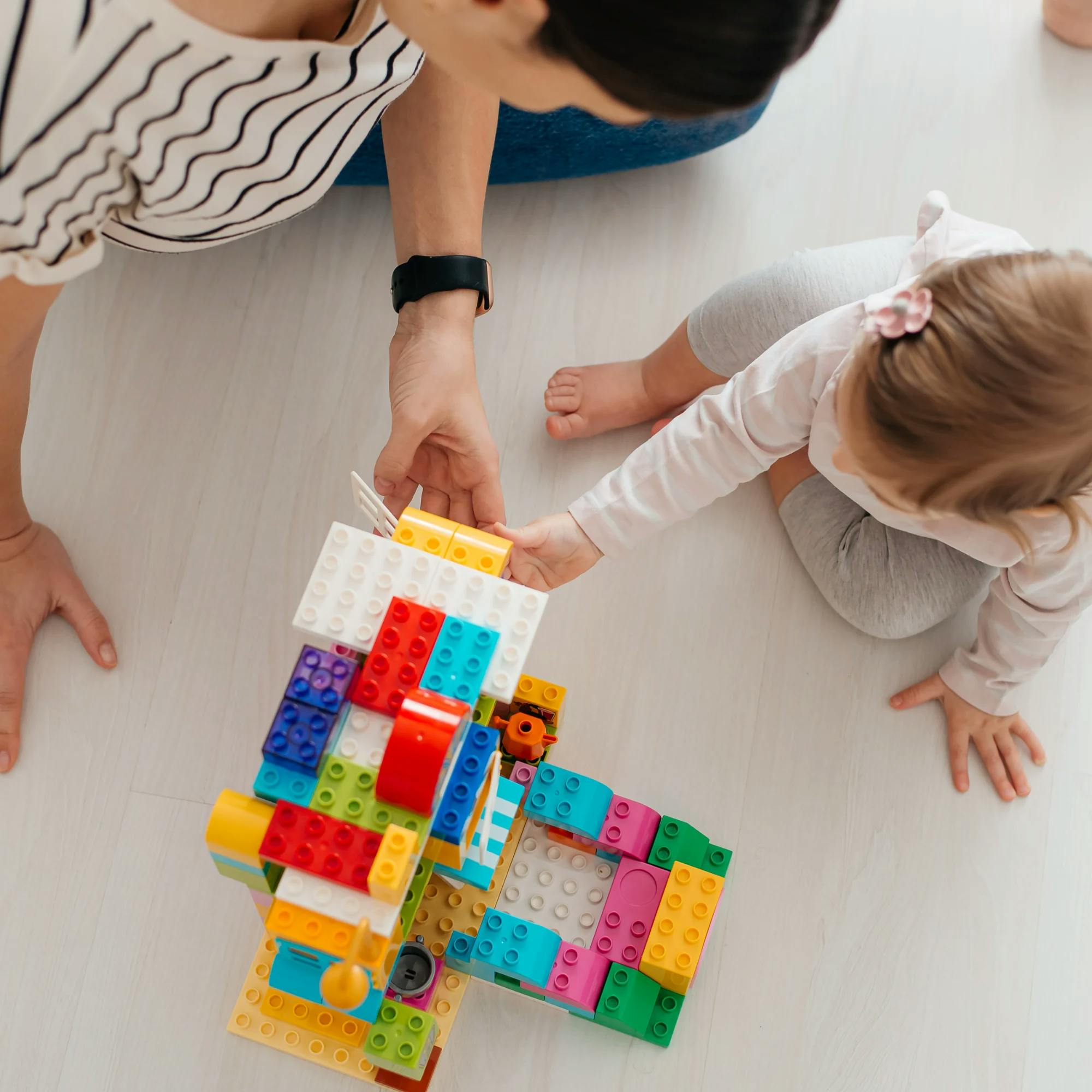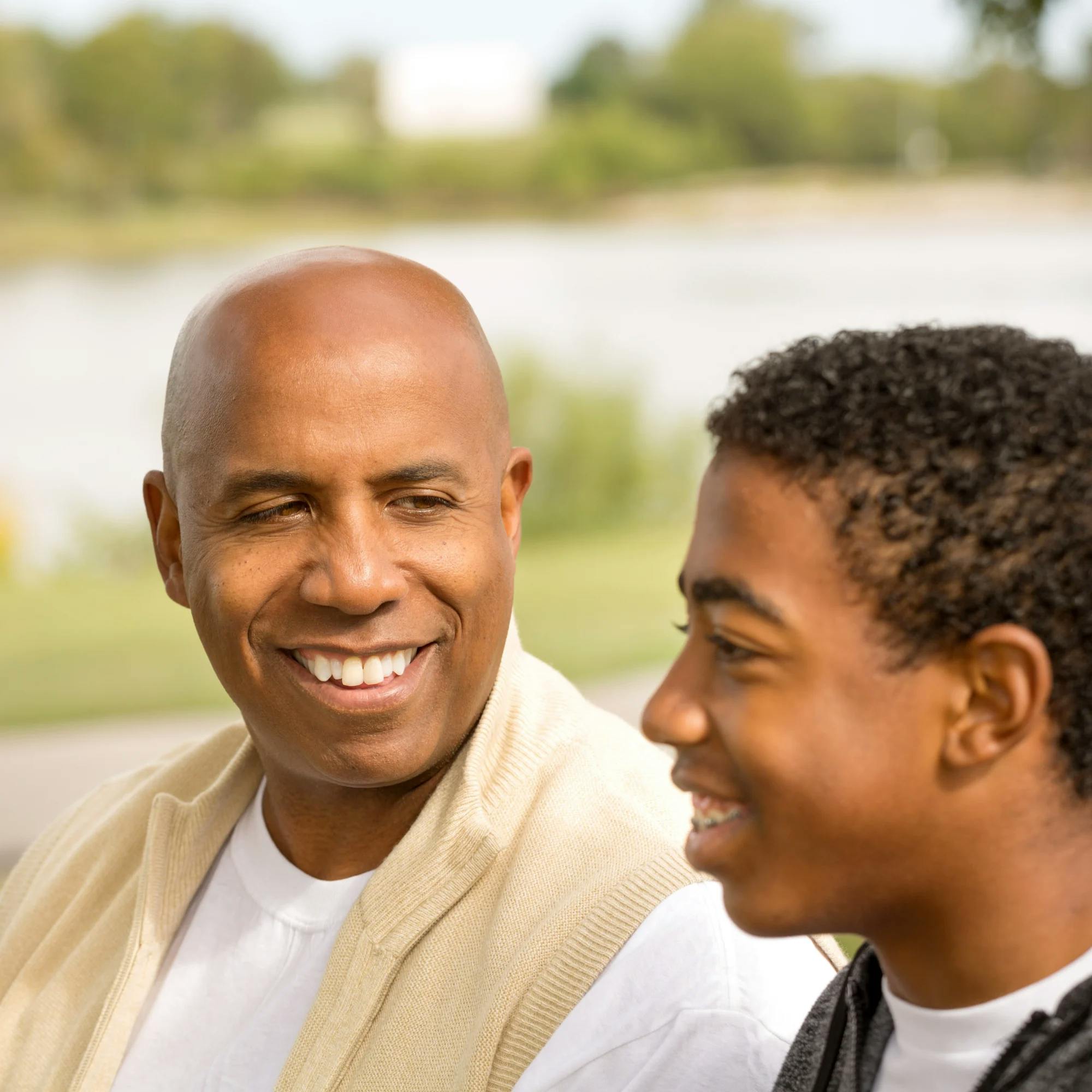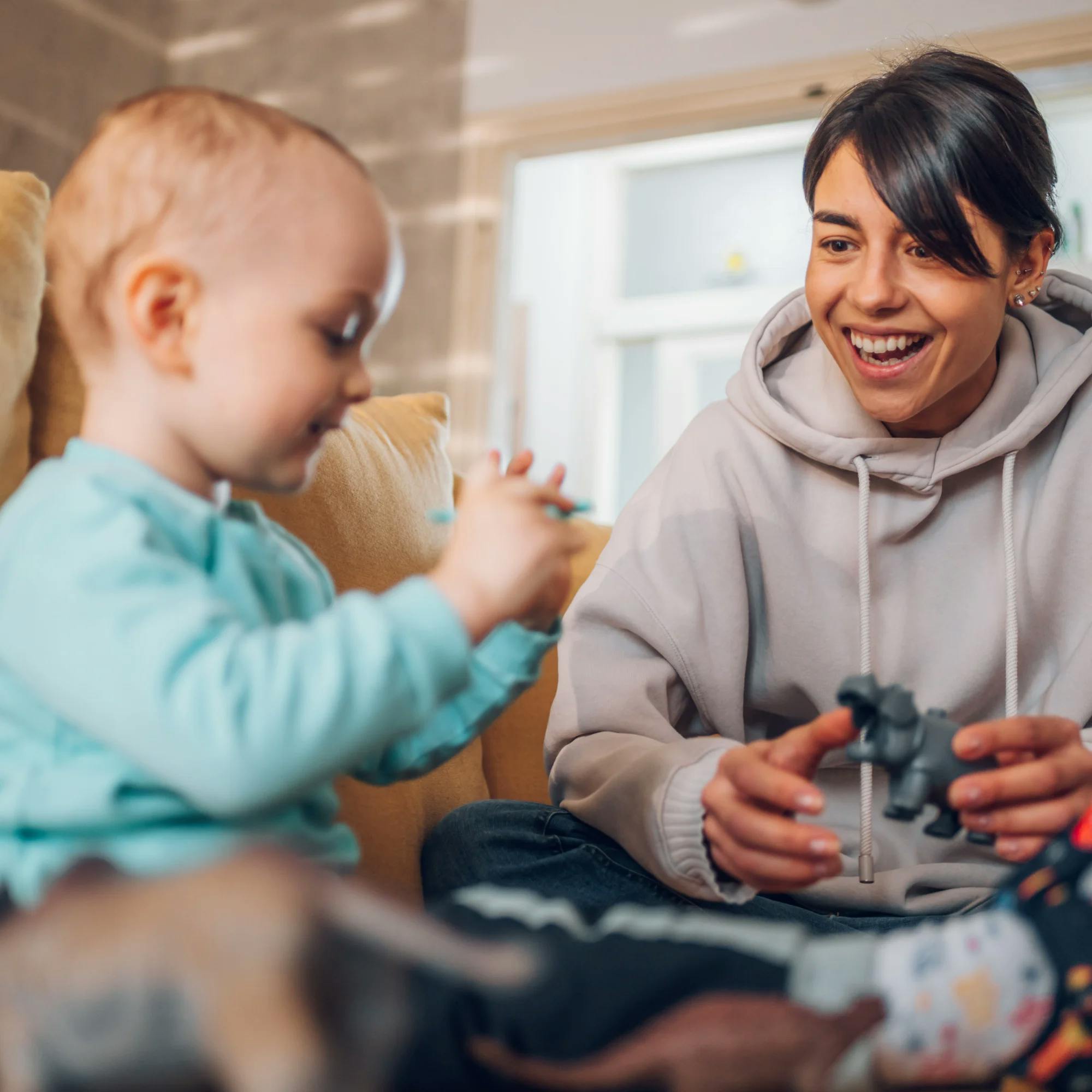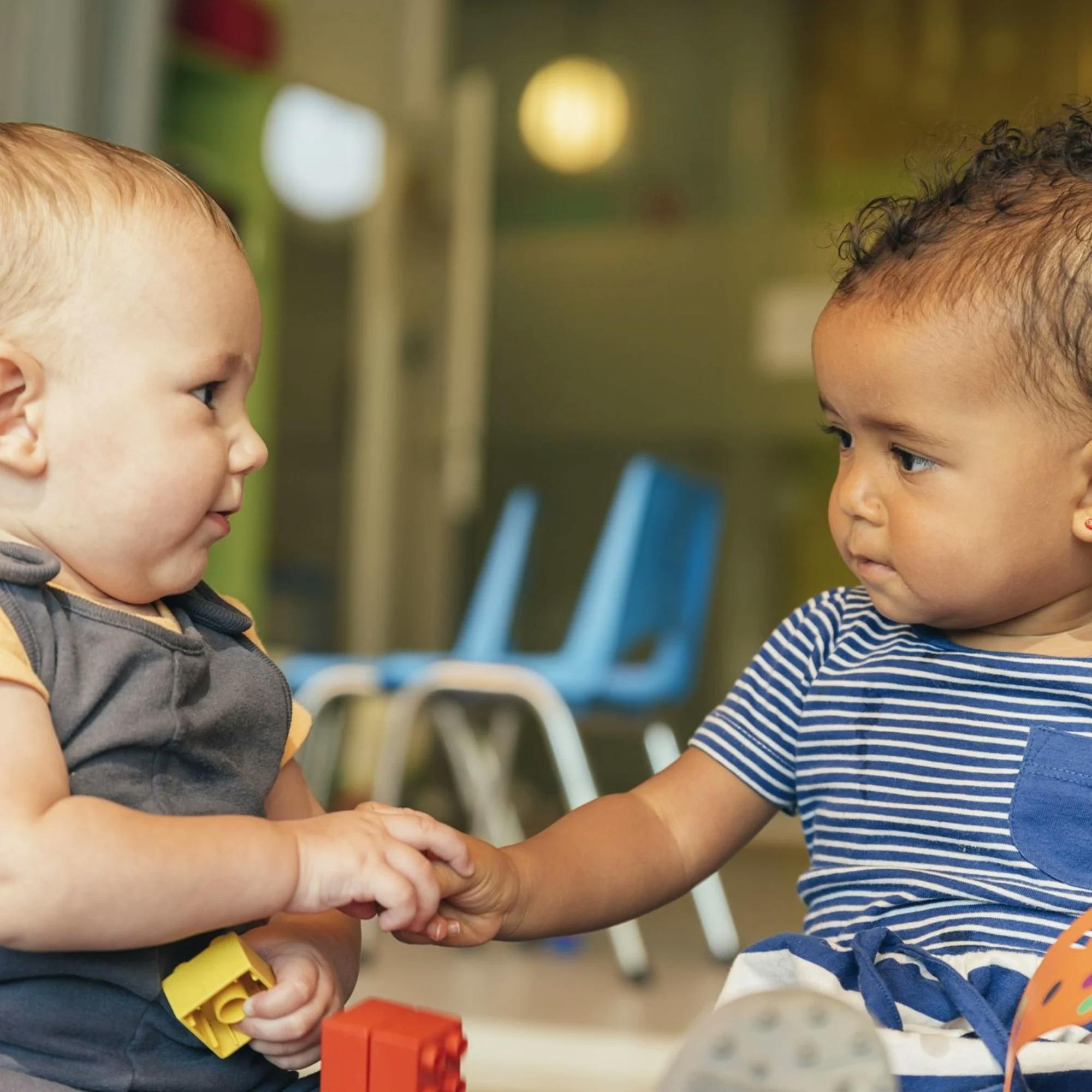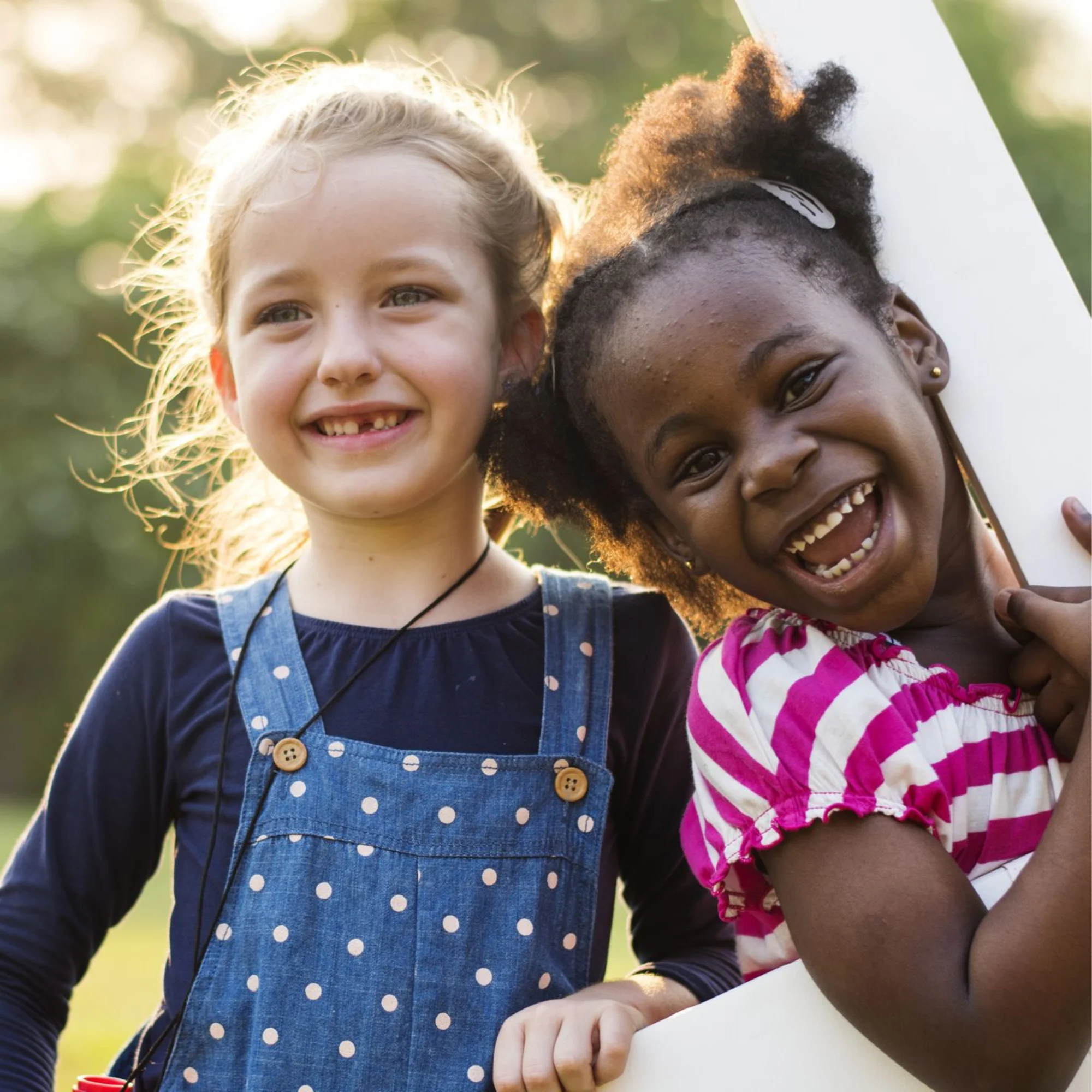Research has shown the importance of talking to your child from the day they’re born. Even though your baby can’t answer you yet, engaging them in conversation helps them start developing strong speech and language skills.
Let’s take a look at some recent research exploring the effects of parental language on kids’ neural processing capabilities–in other words, how the way families talk at home can change their children’s brains. We’ll also share practical tips for using this research in your everyday life to help grow your child’s language skills.
What did the study look at?
This research continues the work done in a study from 1995. In the original study, researchers found a difference between the number of words that kids in high- and low-income families heard at home. This is often referred to as the 30 million word gap.
The more recent study was completed by researchers from Harvard, MIT, and the University of Pennsylvania. They examined the quality of the words that children were exposed to, not just the number of words. They also used brain imaging to identify any differences among the kids related to the language they were exposed to.
The main finding of this study is that rather than the number of words a child heard, the number of conversational turns they had was the largest predictor of success in language processing. Conversational turns refers to how many times two people go “back and forth” in conversation. Here’s an example:
Parent: Good morning! How did you sleep?
Child: Good. I’m hungry.
Parent: What do you want for breakfast?
Child: Can I have toast?
Parent: Yes, do you want butter?
Child: Yes.
In this example, the child spoke three times in response to the parent. So they had three conversational turns, either by answering or by asking a question.
In order for children to have more conversational turns, they need to have a high understanding of language (called receptive language). They also must be able to use vocabulary to express their thoughts (called expressive language). So it makes sense to see a correlation between conversational turns, which involve both types of language, and overall language processing skills.

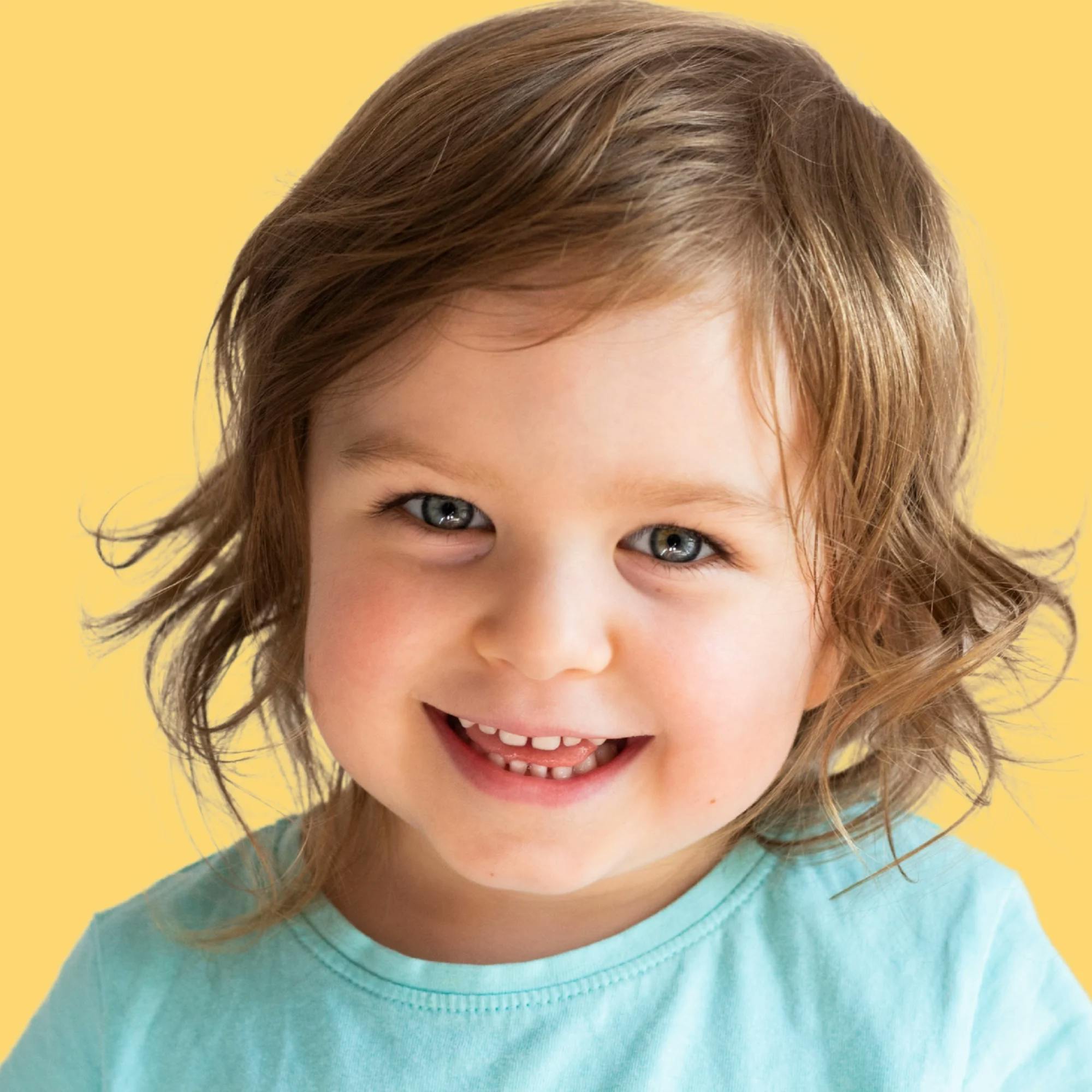
How was the research done?
The researchers used a tool called LENA (Language ENvironment Analysis) to take audio recordings of the daily lives of 36 children for a total of 2 days. The kids were ages 4 to 6 and came from a variety of socioeconomic backgrounds.
The recordings assessed the number of words spoken by each child, the number of words spoken to each child, and the number of conversational turns from either the child or the adult.
Brain imaging of each child was done as well. The imaging showed that differences in the number of conversational turns were linked to differences in brain physiology, as well as differences in language skills such as vocabulary, grammar, and verbal reasoning.
What do parents need to know?
This study emphasizes how important it is for caregivers to interact with and talk to their young children. As Rachel Romeo, the lead research student for this project, said, “Even from infancy, we can consider children to be conversational partners. Obviously, a ‘conversation’ looks very different with much younger children: with infants, it might be taking turns exchanging giggles or coos; with toddlers, it might be repeating and expanding their sentences; and with older children, it might be asking ‘who, what, where, and how' questions.
“Either way, it seems to be the interaction that best supports children's language skills and the underlying neural development.”
Here’s another takeaway from this study: The benefit of that interaction was seen in children across all socioeconomic backgrounds. As study co-author John Gabrieli put it, “It’s almost magical how parental conversation appears to influence the biological growth of the brain.”


4 ways to interact with your child for speech and language growth
“Conversation” means different things at different ages and skill levels. Here are some tips you can start using today, whether you have a baby, toddler, or older kiddo at home.
1 Talk about what you and your child are doing
It may feel silly to talk to your baby when you know they can’t answer you. But the benefits are there, even if you can't see them right away! One easy way to do this is to talk about what you’re doing, what your child is doing, or what you’re doing together. You can do this throughout your daily routines, such as during meals, diaper changes, a walk outside, or when your baby is in their carrier.
Try a conversation like this. Say your baby is cooing in response to your dog. You might say, “Oh, you see the dog! Do you love the dog?” (pause) “He is playing! Do you want to pet the dog?” (pause)
"It’s almost magical how parental conversation appears to influence the biological growth of the brain.”
Here’s another example. Let’s say your child is building with some blocks. You might say, “Look at your tower! It’s so big!” (pause) “Can you put another block on top?” (pause) “Oh no! Your tower fell!”
The pauses here are important. They allow your child to chime in if they’re able to. Even if your child isn’t saying words yet, your pauses teach them about natural times when a response is expected. They may notice that your facial expressions are signaling that it’s their turn in the conversation, or respond with a smile.
2 Focus on taking turns
There’s another way you can indirectly practice these types of language skills. Did you know that taking turns during playtime can help kids begin to learn the turn-taking required in conversation? Check out this video or some ideas you can play at home. Whether it's taking turns with bubbles, or making silly faces back and forth, there's bound to be a fun way to help your child get used to turn-taking.
3 Use parentese
As you speak with your baby or young toddler, think about your word choice and tone of voice. Research has shown the benefits of speaking in “parentese,” also known as baby talk. Parentese involves using a higher pitched voice, speaking more slowly and clearly, varying your tones of voice, and using simple, grammatical sentences. You can also exaggerate your facial expressions to keep your child’s attention. This type of speech engages your child, strengthens your bond, and has even been shown to help them begin babbling and using words sooner.

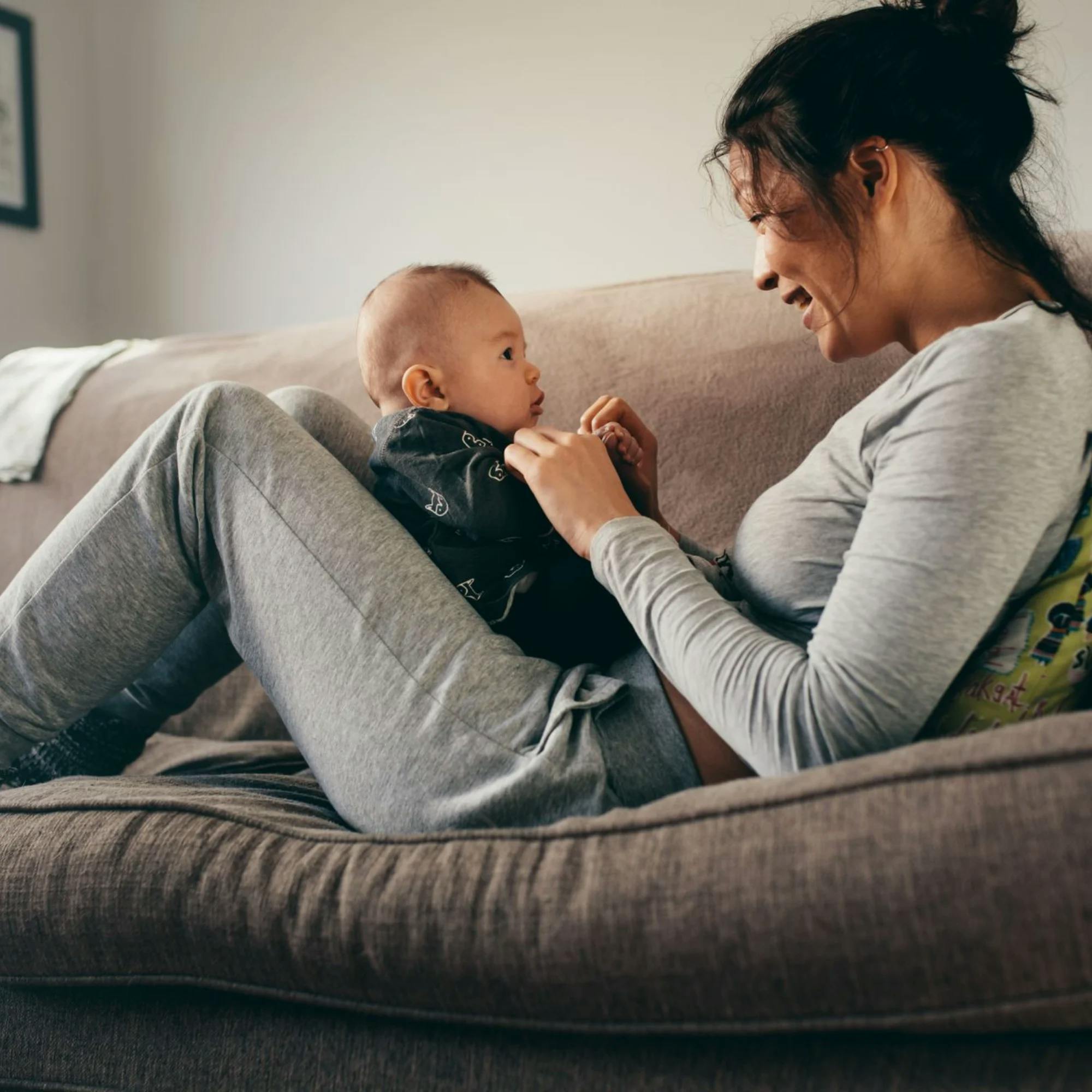
4 Help your child answer questions
As your child grows their communication skills, their ability to answer “WH questions” is important. These are questions that start with a “wh-”: what, where, who, when, and why, as well as how.
A child’s ability to answer WH questions helps them express their feelings and ideas, as well as make conversation with others. When someone asks a question and we’re able to answer, that makes it easier to have a back-and-forth conversation.
Typically, toddlers will begin answering WH questions around the time they turn 2 years old, sometimes earlier. One of the easiest ways to teach your child to answer these questions is by asking the question, then modeling how to answer. So maybe you say, “What are you eating for snack? Berries! You’re eating berries.”
You can also ask a “choice question,” where you give your child two possible answers to choose from. You might ask, “Where is your doll? In your room, or on the couch?” See if your child can answer correctly. You’ll find lots of more tips for practicing WH questions with your child in this article.
Here at Expressable, we want you to feel empowered to help your child grow their communication skills. Even small changes in how you talk with them can add up over time, making a big difference in their speech and language abilities!
How Expressable Can Help
Concerned your child isn't reaching age-expected milestones? Looking for communication support from a professional? Expressable is a national online speech therapy practice serving children and adults. We treat all major areas of communication and feeding, offer flexible hours including evenings and weekends, and accept most major health insurance plans. We’re proud to have earned more than 3,000 5-star reviews from our clients (4.9/5 average).
Our therapy model is centered on parent and caregiver involvement. Research proves that empowering caregivers to participate in their loved one’s therapy leads to better outcomes. That’s why we combine live, 1-on-1 speech therapy with personalized education and home practice activities for faster progress.
Communication is more than words. It’s how we share how we feel and show who we are. We’re here to help you or your child do just that.

 Abby Barnes, M.S., CCC-SLP
Abby Barnes, M.S., CCC-SLP

